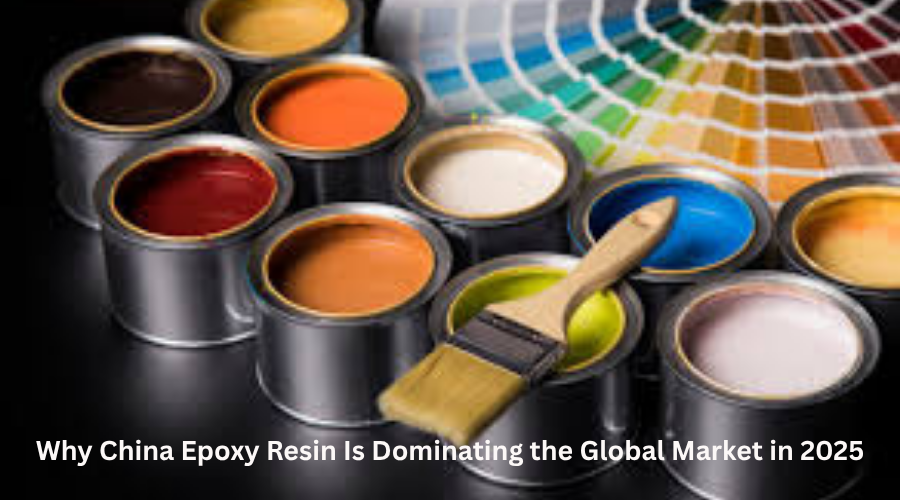What Is Rubber Adhesive?
- qinglongdatech
- Mar 20
- 4 min read

In today's world, rubber adhesive plays a crucial role in various industries, offering strong bonding capabilities for different materials. Whether used in construction, automotive, footwear, or household applications, rubber adhesive provides durability, flexibility, and resistance to various environmental conditions. If you're looking for a reliable rubber adhesive supplier, it's essential to understand what rubber adhesives are, how they work, and their different types to make an informed choice.
Understanding Rubber Adhesive
Rubber adhesive is a type of bonding agent formulated using natural or synthetic rubber. It is designed to provide a strong, flexible, and durable bond between surfaces. Unlike regular adhesives, rubber-based adhesives are highly elastic, making them ideal for materials that experience movement, expansion, or contraction.
The unique properties of rubber adhesives make them a popular choice in industries requiring high-performance bonding solutions. From fixing shoe soles to assembling automotive parts, rubber adhesives have a wide range of applications.
Types of Rubber Adhesive
There are several types of rubber adhesives, each catering to specific needs and applications. Below are the most commonly used types:
1. Natural Rubber Adhesive
Natural rubber adhesive is derived from latex and is known for its high tack and strong bonding properties. It works well on porous and non-porous exteriors, making it a preferred choice in the packaging and footwear industries.
2. Synthetic Rubber Adhesive
Synthetic rubber adhesive is made from artificially produced elastomers like neoprene, butyl, and nitrile rubber. These adhesives offer excellent resistance to moisture, chemicals, and harsh temperature conditions, making them suitable for industrial applications such as automotive and construction.
3. Pressure-Sensitive Rubber Adhesive
Pressure-sensitive adhesives (PSAs) are designed to adhere to surfaces with minimal pressure. These adhesives are used in tapes, labels, and medical applications where ease of use and removability are essential.
4. Contact Rubber Adhesive
Contact adhesives are used when a strong, permanent bond is required. They are applied to both surfaces, allowed to dry, and then pressed together to form a secure bond. This type is commonly used in flooring, furniture, and shoe manufacturing.
5. Water-Based Rubber Adhesive
Water-based rubber adhesives are environmentally friendly and free from harmful solvents. They provide strong bonding while being safe for human use, making them ideal for applications in the paper and packaging industries.
Advantages of Rubber Adhesive
Rubber adhesives come with several benefits that make them a go-to solution for various bonding needs. Here are some key advantages:
High Flexibility – Rubber adhesives allow bonded materials to expand and contract without breaking the bond.
Strong Bonding Power – These adhesives create a durable and long-lasting connection between surfaces.
Weather Resistance – Many rubber adhesives can withstand extreme temperatures, moisture, and UV exposure.
Versatile Applications – They are used in industries ranging from automotive and construction to footwear and packaging.
Ease of Application – Most rubber adhesives are easy to use, requiring minimal preparation and curing time.
Applications of Rubber Adhesive
Rubber adhesives are used in multiple sectors due to their excellent bonding properties. Some of the most common applications include:
1. Automotive Industry
Rubber adhesives are widely used in the automotive sector for bonding gaskets, seals, and interior components. Their high resistance to vibration and temperature fluctuations makes them ideal for this industry.
2. Footwear Manufacturing
Shoe manufacturers rely on rubber adhesives to attach soles, ensuring a strong and flexible bond that withstands daily wear and tear.
3. Construction Industry
In construction, rubber adhesives are used for flooring, insulation, and roofing applications. Their ability to deter dampness and temperature changes makes them highly effective in this field.
4. Medical Industry
Pressure-sensitive rubber adhesives are used in medical tapes, bandages, and surgical dressings due to their skin-friendly and hypoallergenic properties.
5. Packaging Industry
Rubber adhesives are commonly used in carton sealing, label applications, and envelope closures due to their strong adhesion and easy removability.
How to Choose the Right Rubber Adhesive
Selecting the right rubber adhesive depends on several factors, including:
Type of Material – Consider whether you are bonding porous, non-porous, flexible, or rigid materials.
Environmental Conditions – If the adhesive will be exposed to moisture, heat, or chemicals, choose one with high resistance properties.
Application Method – Some adhesives require a brush, roller, or spray application. Choose one that suits your needs.
Strength Requirement – If you need a temporary bond, go for pressure-sensitive adhesives, while for permanent bonds, opt for contact adhesives.
Conclusion
Rubber adhesives are essential bonding agents used in various industries due to their firm bonding, flexibility, and durability. Whether you need them for automotive, footwear, medical, or construction applications, choosing the right type ensures optimal performance. Understanding the different types, benefits, and applications of rubber adhesives can help you make an informed decision when selecting a product. If you're searching for a rubber adhesive supplier, ensure they offer high-quality products that suit your specific needs.
FAQs
1. What is rubber adhesive used for?
Rubber adhesive is used for bonding different materials in industries like automotive, construction, footwear, medical, and packaging due to its strong and flexible properties.
2. Is rubber adhesive waterproof?
Yes, many rubber adhesives offer water resistance, making them ideal for applications subjected to humidity and humidity.
3. How long does rubber adhesive take to dry?
Drying time varies depending on the type of rubber adhesive used. Some dry within minutes, while others may require several hours for a complete bond.
4. Can rubber adhesive be removed?
Some rubber adhesives, like pressure-sensitive types, can be removed easily, while others, such as contact adhesives, provide a permanent bond and are difficult to remove.
5. Is rubber adhesive safe for skin contact?
Certain rubber adhesives, especially medical-grade and water-based types, are safe for skin contact. However, solvent-based adhesives may cause irritation and should be used with caution.







Comments